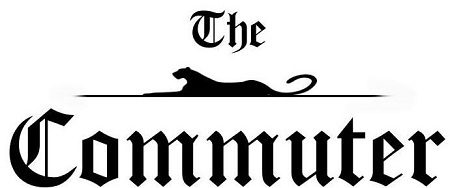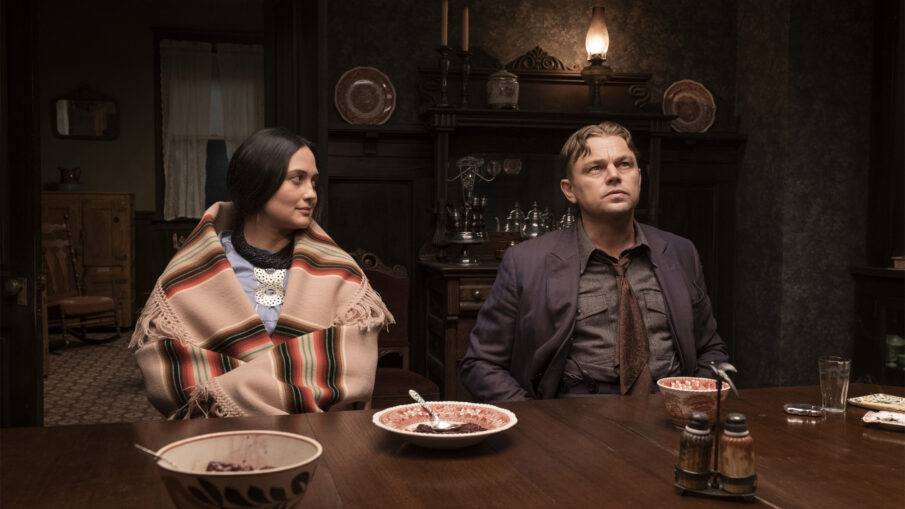Academy Award-winning director Martin Scorsese made his long-awaited return to the big screen this past October with his most ambitious project yet, “Killers of the Flower Moon” (R, 3hr 26 min). The film, based on a 2017 book of the same name by David Grann, explores the FBI’s investigation into a series of Osage murders following the discovery of oil on their tribe’s land. The story is based on real events set in 1920s Oklahoma. The film is heavy on social commentary, emotion, and visuals but does all of this warrant its 3.5 hour runtime?
Leonardo DiCaprio, Robert DeNiro and Lily Gladstone all stand out in their respective roles which are based on real life people. DeNiro, who’s been working with Scorsese since 1973, plays cattle baron William Hale who befriends the Osage while conspiring to murder them in the hopes of gaining complete control of their oil filled land. Hale is portrayed with great simplicity, disguising his vile intentions with calm and helpful gestures to the tribe. DiCaprio plays his clueless and mild-mannered nephew Ernest Burkhart, performing with a twangy southern accent and delivering frightening and uneasy facial expressions throughout the film.
The movie is primarily told from the perspective of William and Ernest’s relationship as well as the FBI’s investigation. A majority of the trauma experienced by the Osage is depicted through Lily Gladstone’s character, an Osage woman and Ernest’s wife, Mollie Burkhart. Gladstone does an incredible job of showing her gradual descent into hopelessness through both the physical and emotional pain she deals with during the movie. Although the film felt like it was lacking a good amount of Osage point of view, there is no doubt that the evil intentions of Hale were clear, and the crimes committed against the tribe were brutally presented.
Cinematographer Rodrigo Prieto, who previously worked on “The Wolf of Wall Street” and “The Irishman” with Scorsese, doesn’t disappoint here as the film is filled with stunning visuals. The wide shots capturing the beautiful Osage landscapes are particularly incredible and contribute a lot to the film’s epic scale. The framing of all the Osage murders is also notable, depicted with little camera movement or cuts to emphasize the significance of each death.
Despite the movie’s enormous 3 hour plus runtime, the film did not feel dragged out. Every scene seamlessly transitioned to the next. Conversations were incorporated with flashbacks to previous events so the audience could experience the horrifying revelations as the characters did too.
If anything, the film felt too short. Now that audiences are accustomed to the streaming era, it’s fair to argue that perhaps this story, with so many complicated and intriguing angles, should’ve been adapted into a 10-episode television series. Scorsese argues if people can binge watch streaming shows they should be able to sit through his 3-plus hour masterpiece, too. But one could easily argue the exact opposite: why watch the film in cinema if you could wait for it to drop on streaming?
It’s also important to note that the story is not an “action movie” as some of the marketing might have led viewers to believe. If you’re a fan of the eerie true crime genre, then “Killers of the Flower Moon” is a must watch in theaters. However, if a dreary investigation story isn’t your ideal go to experience at the cinemas, you’ll be fine viewing the film from the comfort of your home when it inevitably drops on digital.
The movie is still in theaters now where you can watch at Warehouse Cinemas Frederick and Regal Westview Cinemas.

